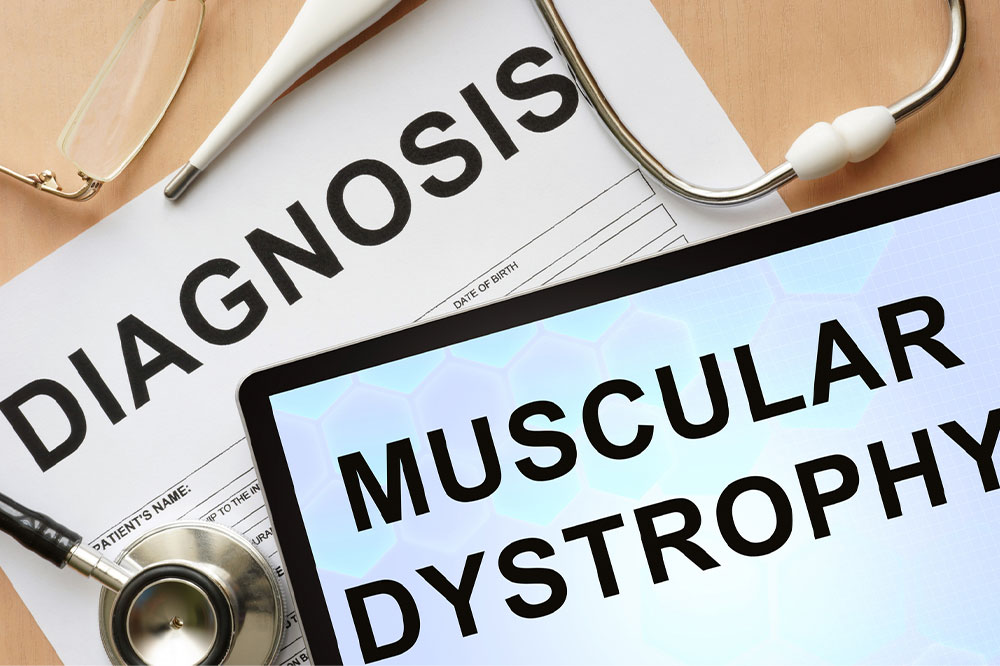
Common signs of muscular dystrophy
Muscular dystrophy is a group of debilitating health conditions that progressively cause muscle mass loss and weakness. It is caused by abnormal gene mutations which disrupt the production of natural proteins in the body. This makes building healthy muscle mass difficult. Most hidden signs of muscular dystrophy start in childhood. But for some types of muscular dystrophy, the symptoms do not show up until adulthood.
Duchenne type muscular dystrophy
This is one of the most common types of muscular dystrophy. The symptoms start showing during childhood.
– Falling frequently
– Finding it difficult to get up from a sitting or lying down position
– Difficulty in jumping or running
– Waddling gait
– Walking on the toes
– Enlarged calf muscles
– Muscular stiffness and pain
– Delayed growth
Becker muscular dystrophy
The symptoms of this type are mostly the same as that of Duchenne muscular dystrophy. However, the severity of the symptoms is mild. Moreover, the symptoms progress slowly over time compared to Duchenne muscular dystrophy. Also, these symptoms are usually experienced during the teen years. But in some cases, there are no symptoms until the mid-20s or later.
Myotonic muscular dystrophy
This type of muscular dystrophy has symptoms such as the inability to relax the muscles after contractions. In this, the muscles of the face and neck are affected in the initial stage. It is characterized by a long and thin face structure with drooping eyelids and swanlike necks.
Facioscapulohumeral (FSHD) muscular dystrophy
In this type, muscle weakness begins in the shoulders, hip, and face. The shoulder blades tend to bulge whenever the arms are raised upwards. These symptoms usually start during the teen years. But in some cases, the symptoms may become evident during childhood or even after 50 years of age.
Limb-girdle muscular dystrophy
The muscles of the hips and the shoulders become weak over time. In addition, it becomes harder to lift the front part of the foot, which causes frequent falling and tripping. The onset of these symptoms usually starts in the childhood or teenage years.


